California rules will require more fire resistant homes in Palisades, Altadena
California rules will require more fire resistant homes in Palisades, Altadena
A blizzard engulfed Michael Kovac’s house as the Palisades fire approached on Jan. 7 — “an absolute blizzard of embers,” he recalled.
But by the time the smoke cleared, the 2 1/2-level, 3,500-square-foot residence was the only house on the block still standing.
That wasn’t by chance. An architect, Kovac designed his ridge-top home with fire in mind.
Outer walls are fashioned from fiber cement that’s impervious to fire. The roof is protected by an ignition-proof membrane, with one section covered by vegetation in 4 inches of soil. Decks are made from a flame-resistant Brazilian hardwood.
See also: Los Angeles Mayor Karen Bass fires Kristin Crowley as city’s fire chief
It includes a fire-suppression system to spray Phos-Chek retardant over the yard. There are no overhangs to trap embers. And the garden of agave and Little Ollie cacti is covered with lava rock instead of mulch.
“We were aware of the wildfire history in California and wildfires having happened right in the immediate area of the Palisades,” said Kovac, 62. “When the time came to build a new home, we had twin goals of both being a very environmentally friendly, sustainable home, but also one that was very resilient in the face of what we thought was an inevitable wildfire event.”
As thousands of residents in Altadena and the Pacific Palisades prepare to rebuild homes demolished in last month’s firestorms, Kovac’s house could serve as an example.
Constructing a fire-hardened home is not only within reach for most fire victims, experts say, it’s in the building code.
Unless Gov. Gavin Newsom suspends fire-safety rules, all new homes in areas designated as very-high fire risks zones or abutting to wilderness must be built to one of the nation’s most stringent set of fire-resistant standards, known as the WUI code (pronounced wooo-ie).
Adopted in 2005 and gradually strengthened over the past 17 years, the wildland-urban interface building code requires new homes to include flame-repellent designs and materials.
While studies show fire-hardening improves the odds of a home’s survival, some Los Angeles County fire victims are wondering how much extra it will cost them when they rebuild.
The WUI code includes things like exterior walls that can withstand fire for up to an hour; dual-pane windows with shatter-proof glass; attic vents that block embers and seal off when exposed to heat; roof and deck materials that are hard to ignite; and landscaping designed to buffer homes from an approaching fire.
“It’s about building with resilience in mind so that when a fire like this happens again, you have a home that you can come back to and resume life,” said Steve Hawks, director of wildfire for the Insurance Institute for Business & Home Safety. “Building with a higher level of resilience is affordable and achievable.”

Red tape
Five days after the firestorms began, Newsom ordered state officials to recommend by March 13 which parts of the building code should be suspended to speed up reconstruction. The goal was to streamline rebuilding in the L.A. County fire zones by cutting red tape.
More than 16,000 homes, businesses and other structures were destroyed in blazes that consumed whole communities in less than two days.
As of Feb. 5, more than 33,700 insurance claims had been filed and $6.9 billion in claims had been paid, according to the state Department of Insurance. In January, CoreLogic estimated insured losses could total $35 billion to $45 billion.
See also: LA City attorney investigating 900 price-gouging complaints following wildfires
Industry observers doubt the governor will suspend any fire safety standards as part of a building code streamlining. It’s more likely Newsom could suspend the 2020 requirement that all new homes have solar power, as he did in Paradise following the Camp fire.
“I really doubt seriously that the fire marshal is going to roll back any of the fire hardening standards, or actually, any fire safety standards for that matter. I just don’t see that happening,” said Bob Raymer, building code consultant for the state Building Industry Association and the California Apartment Association. “I do see the Energy Commission rolling back a couple of things.”
California updates its building code every 18 months, with major tweaks occurring in the WUI code since 2010, Raymer said.
Since more than 95% of all homes in Altadena and Pacific Palisades were built before 2009, it’s likely that most fire victims will have to include upgrades for roofs, rain gutters, attic vents, windows, doors, siding and landscaping.
A separate part of the building code added the requirement that new homes built after 2011 have indoor fire sprinklers.
“Nothing is going to make a building fireproof,” Raymer said. “(But) what we’ve done with these standards is figure out sort of a cost-effective way to make them incredibly fire resistant compared to their older counterparts.”
Raymer co-authored a 2022 study that looked at property losses from the state’s nine worst fires since 2017.
Homes built after 2010 — when WUI standards were in force — accounted for 7% to 9% of buildings in those fire-ravaged areas, the study found. But less than 1% of those homes experienced property loss, versus entire blocks of older homes.
“The fire-hardening standards, along with the defensible space, really showed a very beneficial effect,” Raymer said.

‘A real tension’
Accompanied by her 12-year-old son, a desert tortoise, a gecko and two dogs, Louise Hamlin drove through fire to escape the Eaton blaze early on Jan. 8.
Trapped behind an electric gate after her home’s power got cut, Hamlin couldn’t evacuate until she dismantled the rusted, bulky barrier. By then, it was 5:30 a.m, and flames were licking at houses on either side of her property.
Heavy smoke made it hard to see the road, and winds buffeted the car as she drove.
By the time she made it to safety, Hamlin knew her 100-year-old home in the Janes Village section of Altadena was gone.
Now, as she thinks about rebuilding, Hamlin wrestles with her desire to restore her close-knit, “heavily forested” neighborhood and the need to build back safer.
“It’s a real tension between fire hardening and bringing back a livable neighborhood,” said Hamlin, 51. “We need trees to cool our houses, to provide wildlife habitat, to provide mental health benefits to all of us. … It’s probably one of my primary worries. How do we build back in a way that’s going to work and resist the next disaster?”
Fire survivor Heather Flood shares that concern. As dean of the Woodbury University school of architecture, she considers resilience and fire hardening to be a priority for her family’s reconstruction plans.
But the Altadena resident also worries about the cost of building fire-resistant homes for thousands of fellow victims who are struggling with insurance coverage, paying the mortgage on their burnt homes and current living expenses.
“There are so many unknown costs,” said Flood, 53, who lost the home she got married in just over a year ago. “ … I’m all for rebuilding in a sustainable way, in a fire-resistant way, but I’m also keenly empathetic with the thousands of people who cannot afford to wait and concerned the additional regulations will cost the people impacted by this disaster money and time.”
See also: Newsom tells forestry board to speed up rules for ember-free zones
How much will the WUI code add to the cost of rebuilding?
Researchers say the cost of fire-safety upgrades is relatively small for homes built from scratch — perhaps 2% of the total rebuilding costs, said Kimiko Barrett, a senior wildfire researcher and policy analyst with Headwaters Economics in Bozeman, Montana.
That estimate came from a 2018 study of building costs in the inland portions of the Western U.S.
Building a home that meets the WUI code “does not significantly add to the costs of building a more traditional non-compliant home,” Barrett said in an email. “You are effectively swapping out flammable ‘combustible’ materials with noncombustible products.”
In the Northern California community of Paradise, where nearly 19,000 homes and businesses perished in the 2018 Camp fire, residents are familiar with the WUI code.
“Every stick-built home has to have fire sprinklers inside. We all have to have a composite roof or better. … And then, all the siding has to be (fire-resistant) Hardie board or better,” said Jen Goodlin, executive director of the Rebuild Paradise Foundation. ” … It’s not cheap.”
Paradise fire victim Gary Ledbetter, 61, estimated that home hardening adds about $20,000 to the cost of rebuilding a typical-sized home.
But it’s worth it, he said.
“Now is not the time to short that fire hardening on a new build,” Ledbetter said. “My recommendation is aim up. Go above and beyond the building code. Focus on best practice. (That’s) exactly what I did. I went way beyond what was required.”
Above and beyond
Many customers of Huntington Beach-based Embers Protection Services also go above and beyond the minimum, spending big bucks on the company’s patented “automated wildfire defense system,” which includes roof-top and landscape sprinklers.
The system uses satellite data to track wildfires near a property. When a fire approaches, sprinklers spray fire retardant across the grounds, and roof-top sprinklers shoot 50-foot streams of water over the house.
It uses swimming pools or water tanks to provide a backup water supply. When the water runs out, the system will coat the roof with firefighting foam. There’s also a generator or solar batteries in case the municipal power fails.
“Essentially, we’re always having a fail safe in place,” said company founder and owner Chris McDonald.
McDonald’s protection systems cost about $50,000 to $70,000 for a 2,500-square-foot home. Most of his installations have been on larger, luxury homes, he said.
“We’ve had several homes in the recent Franklin and Palisades fire that were in direct path of the fire that survived. We’ve never lost a home,” McDonald said.

Kelly Berkompas believes the WUI code is adequate for protecting homes.
Her Lake Forest company, Brandguard, makes ember-resistant attic, rooftop and foundation vents that she says will keep a home from catching on fire.
In one section of Malibu devastated by the Palisades Fire, 14 of the 15 homes that did survive had ember-resistant vents, Berkompas said.
“During a wildfire your attic vents are like open windows,” Berkompas said. “The embers will blow right through your traditional vents and start the attic on fire. And once the attic is on fire, there’s nothing that the firemen can do to save it.”
Kovac said he and his wife are having some “survivor’s guilt” about their home withstanding the Palisades fire. Sheltering in his west Los Angeles office, Kovac watched the fire’s progress on home security cameras so he knew when to deploy sprinklers that coated his backyard slope with in flame-retardant Phos-Chek.
But in the process, he ended up watching as houses on all sides of his home burned.
“We never thought it would be the entire community on fire at once,” Kovac said. “Watching that footage, we knew that entire life was gone. … We’re happy the house is there, but there’s no good outcome of this at the moment.”
The couple was able to stash their art and personal treasures in a fire-safe room downstairs. But smoke impregnated the furniture and coated home electronics with residue than can short out lights, appliances and gadgets.
“All of that stuff is going to ultimately need to be replaced,” he said.
“It’s still going to be a really sobering experience to be the lone house standing on the hill,” Kovac added. “It’s not like you’re going back to the community you left.”
Comments 0
Recommended Post
Gogolook launches news wall feature to Whoscall App

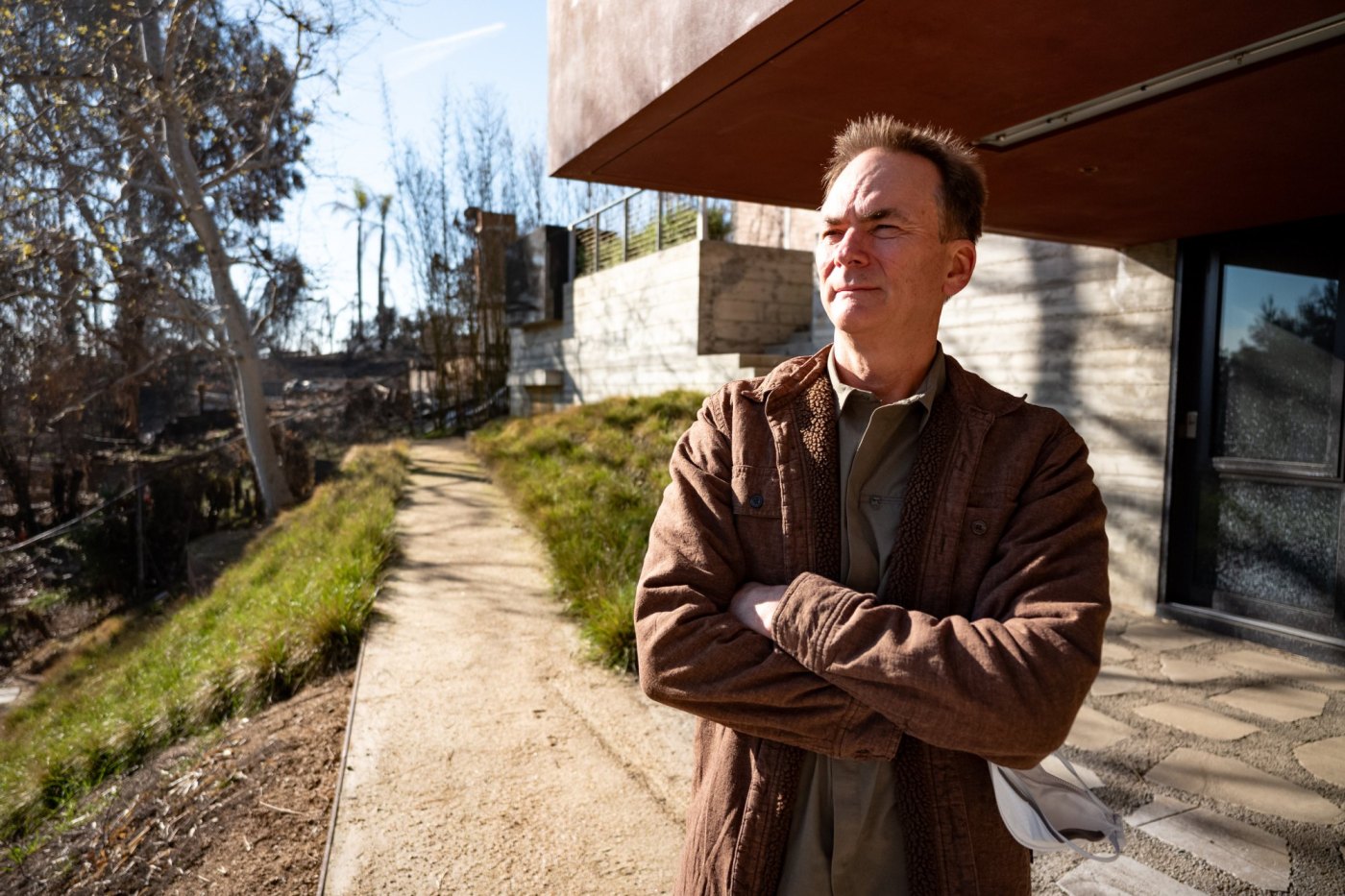












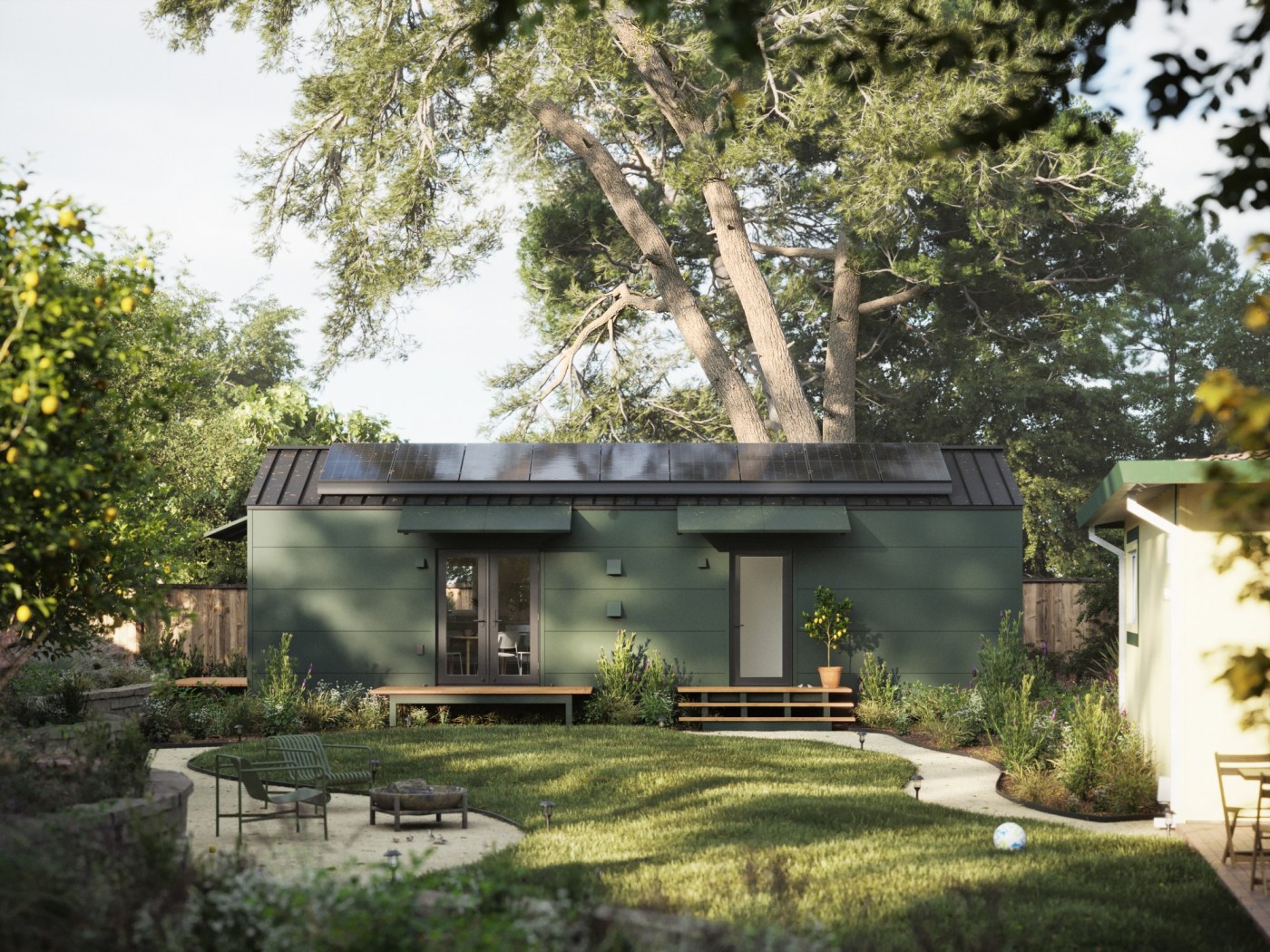
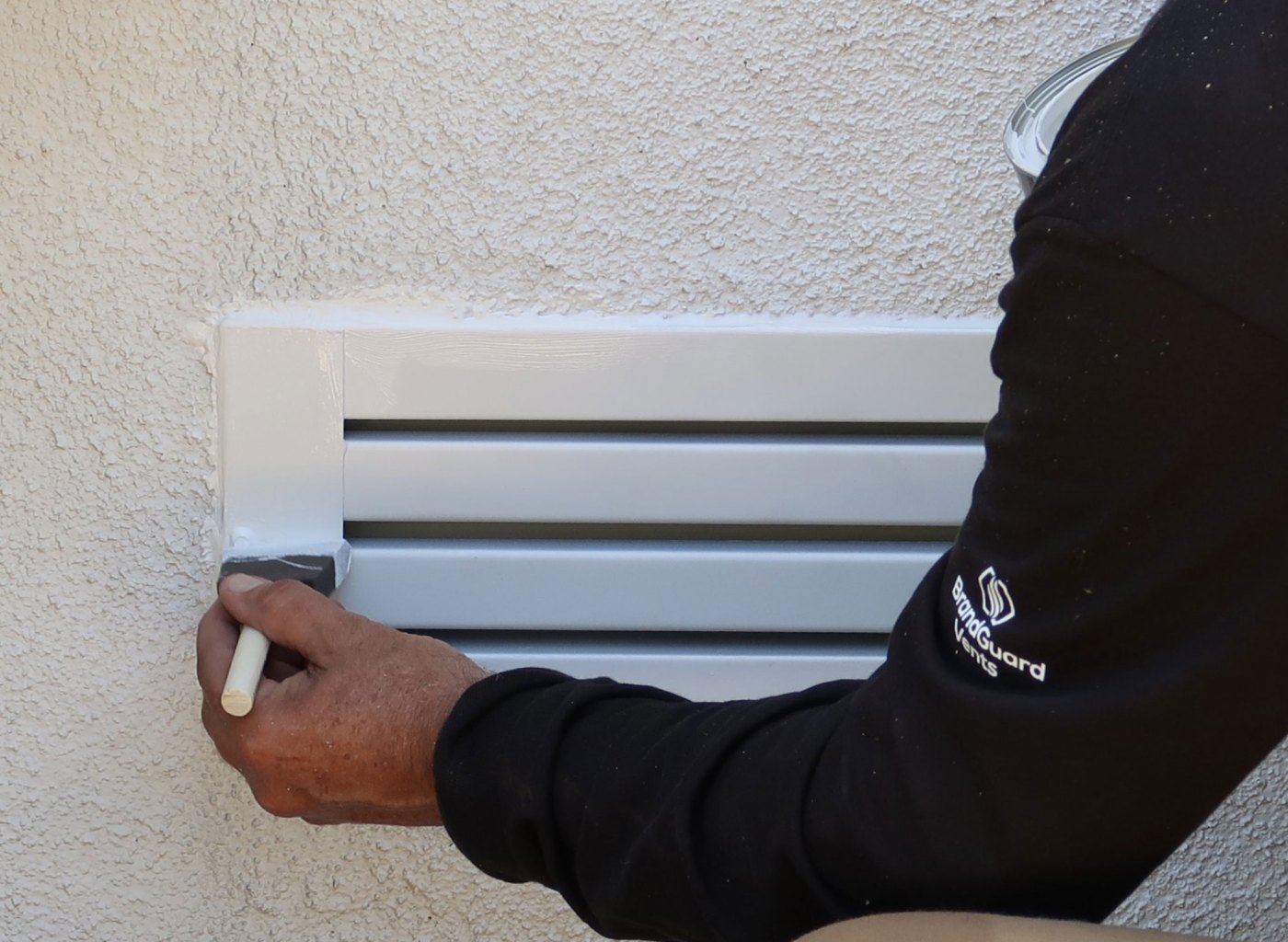
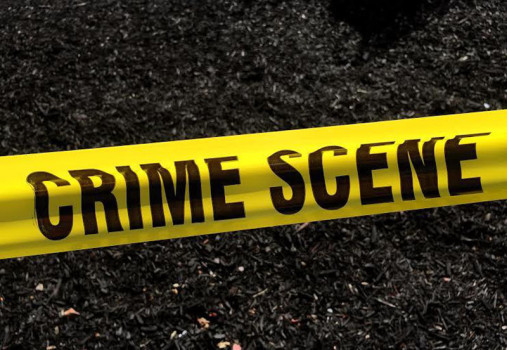
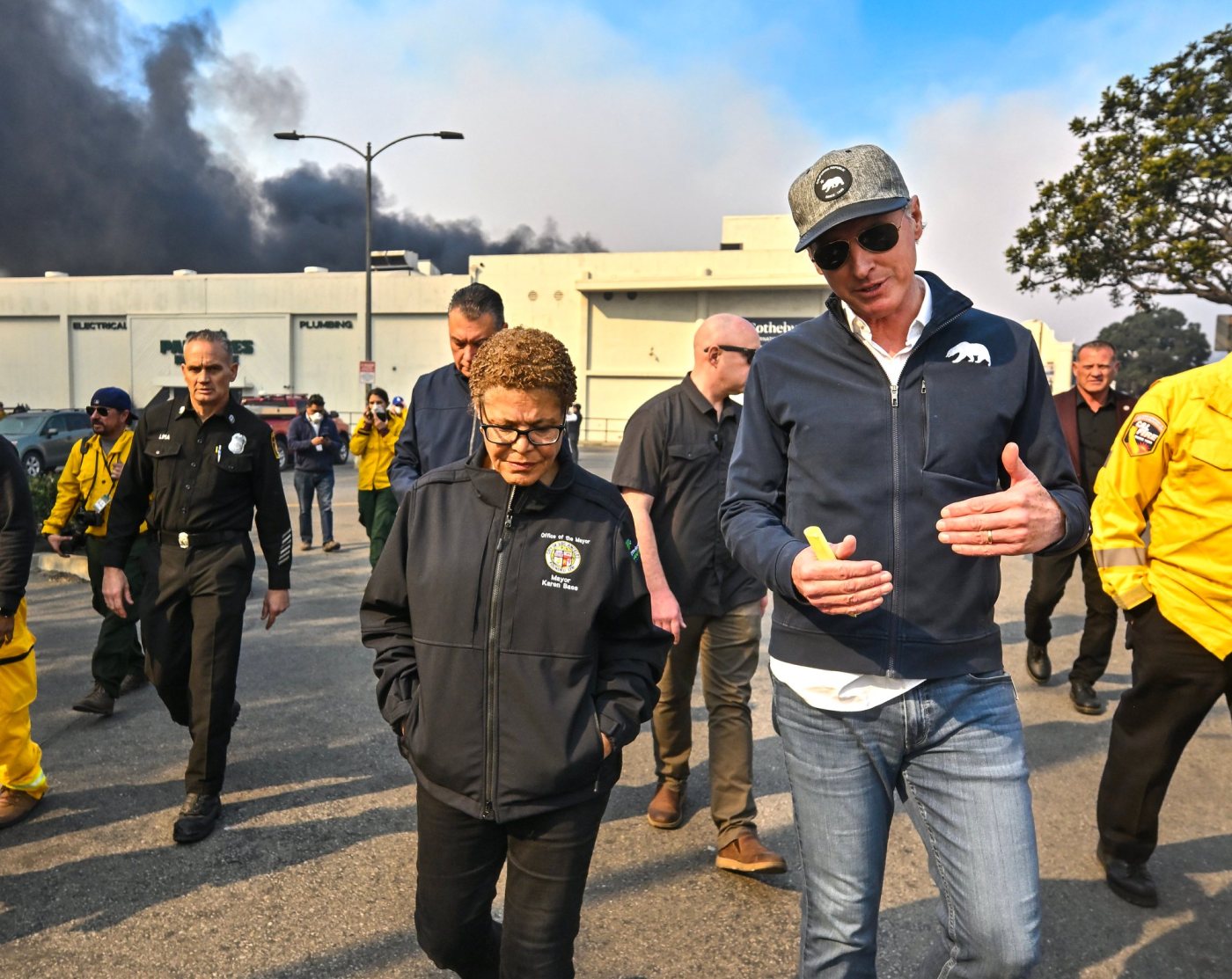
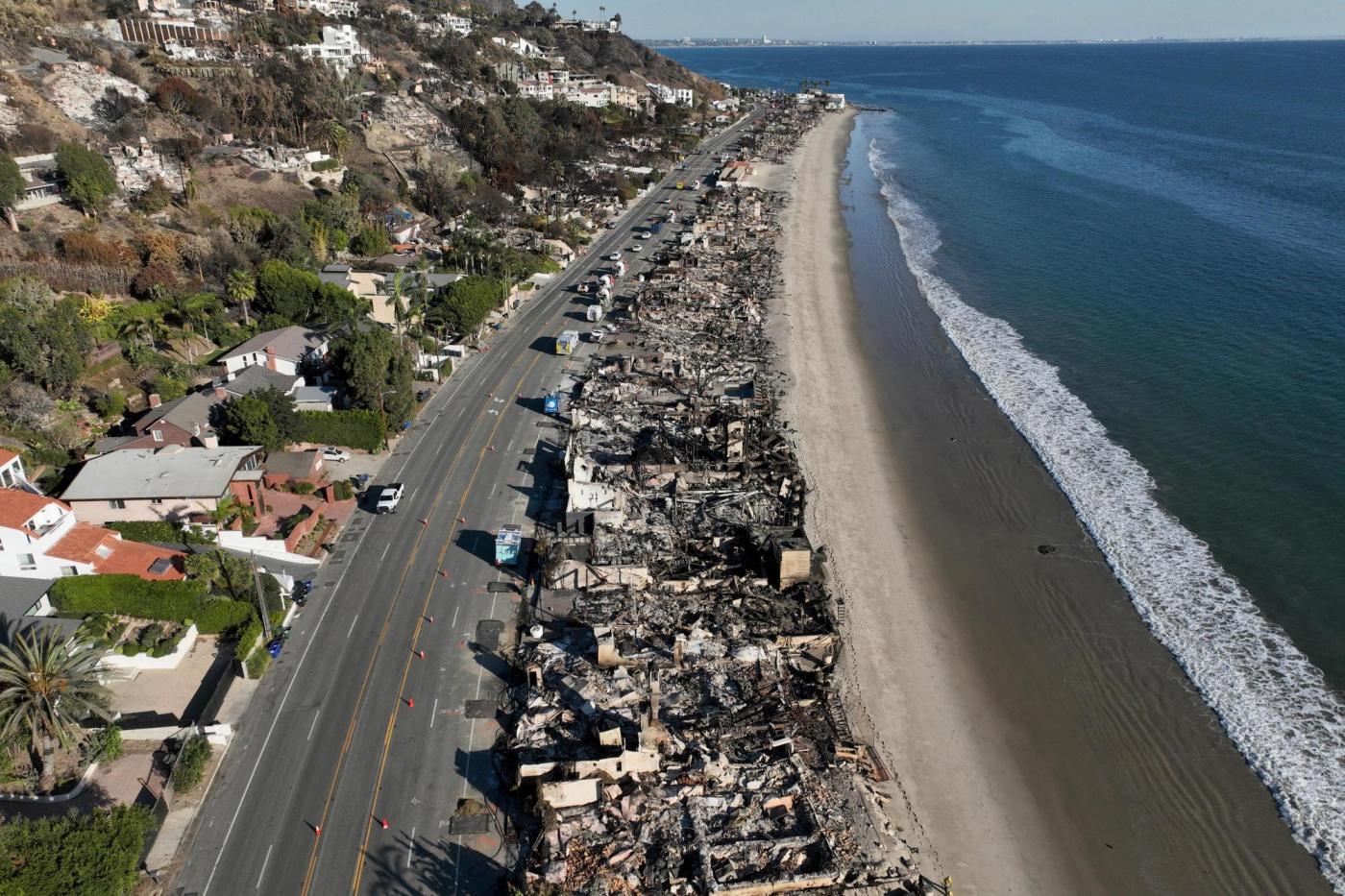
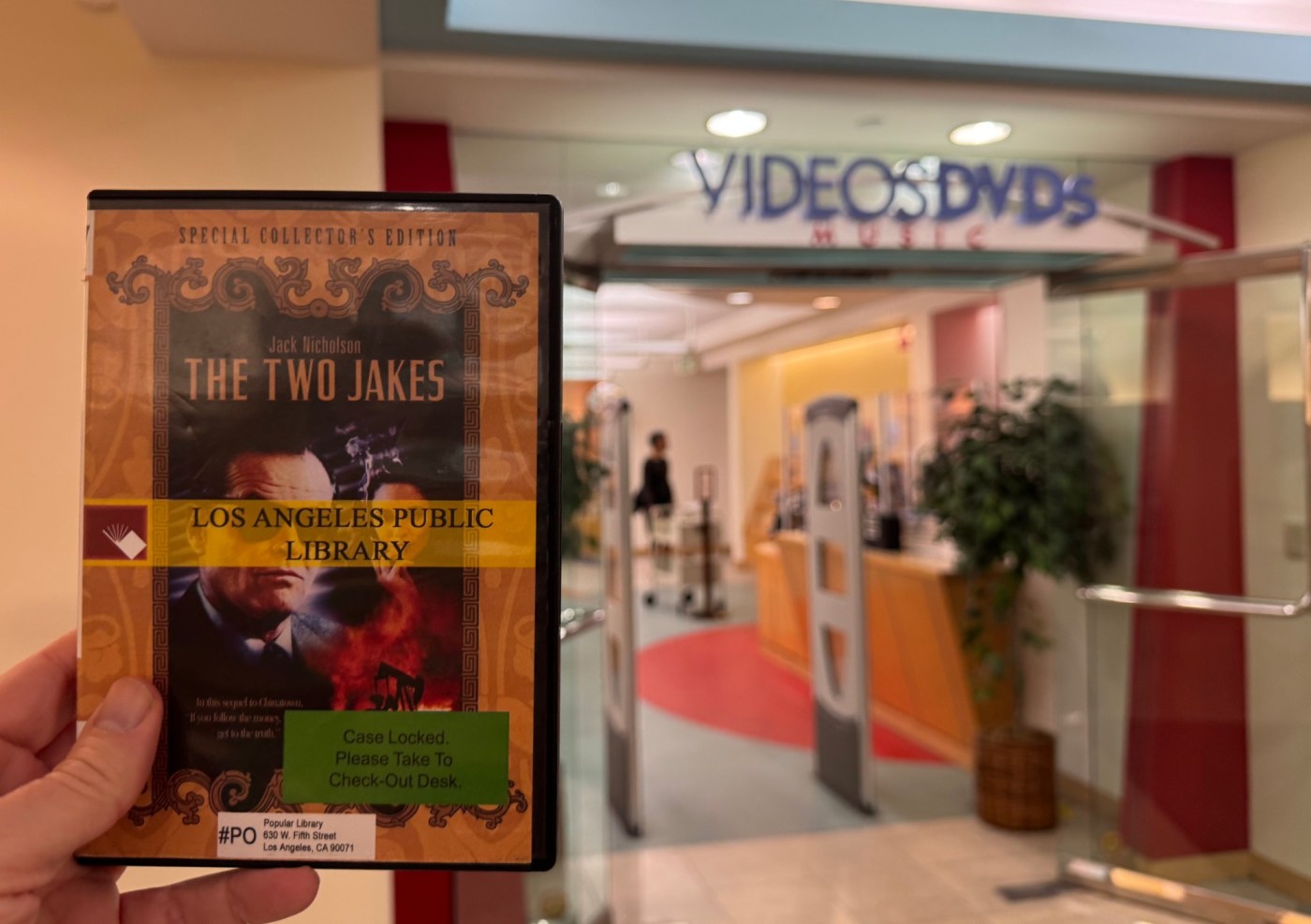
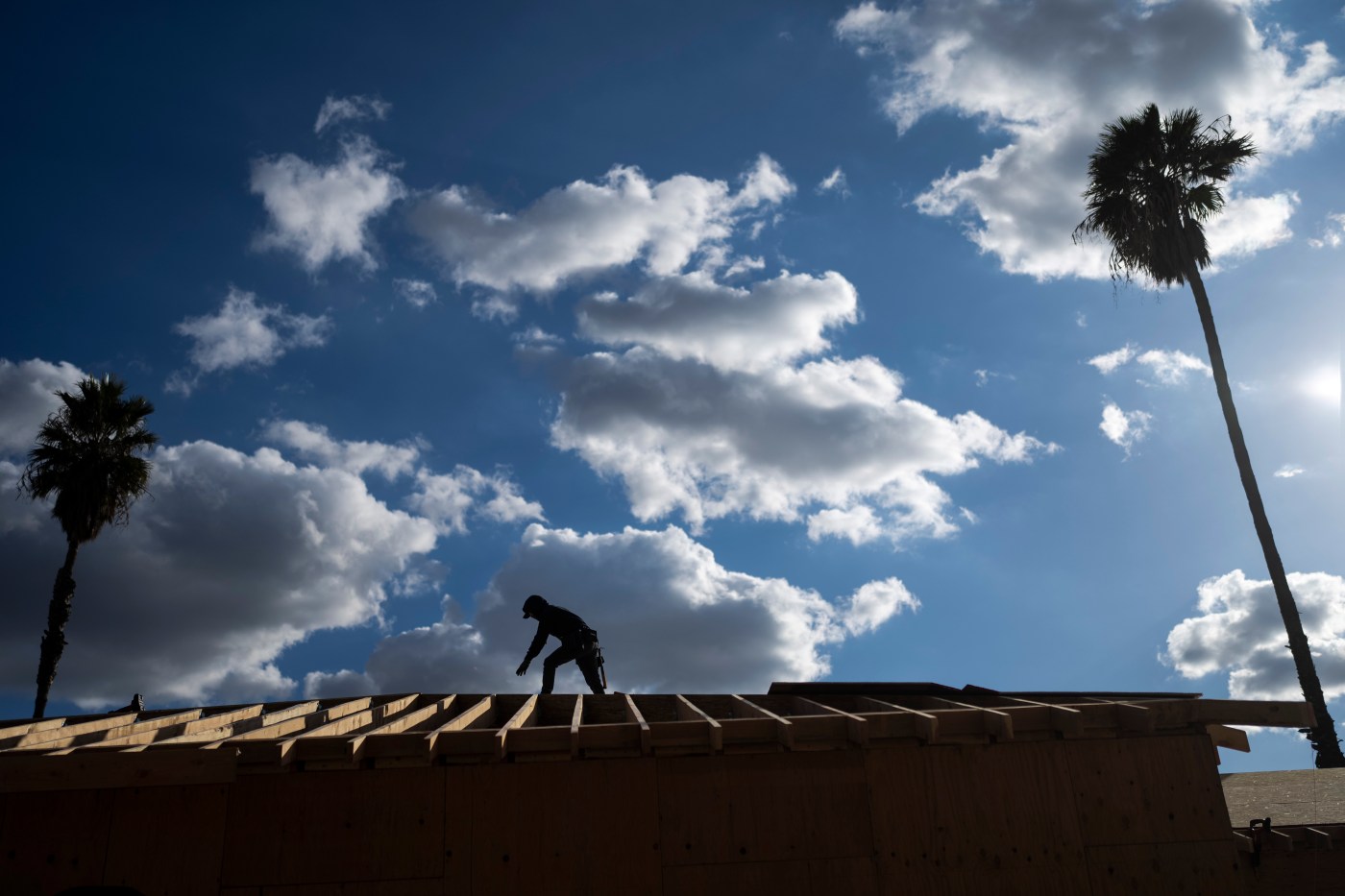
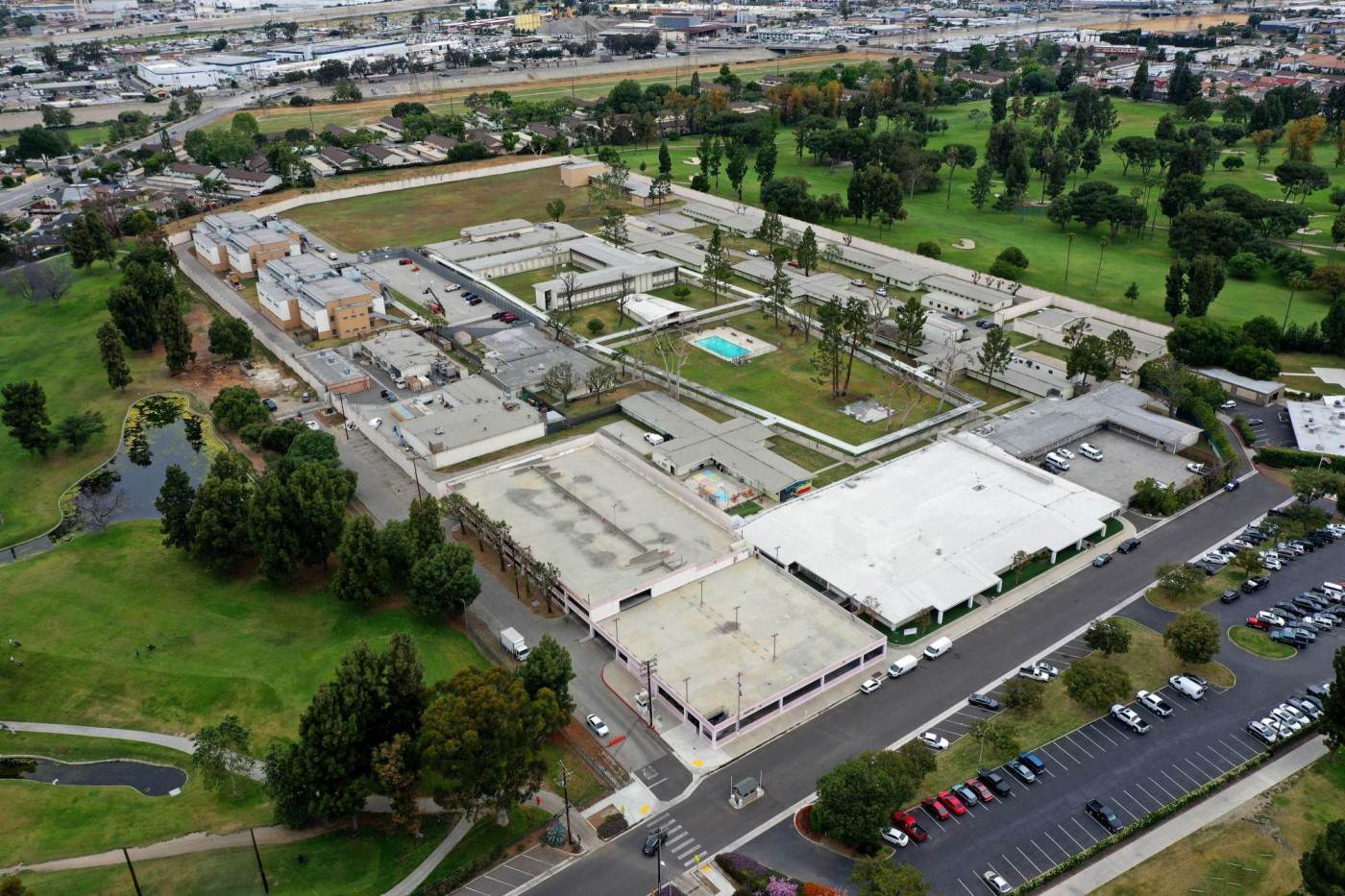



Leave a Comment